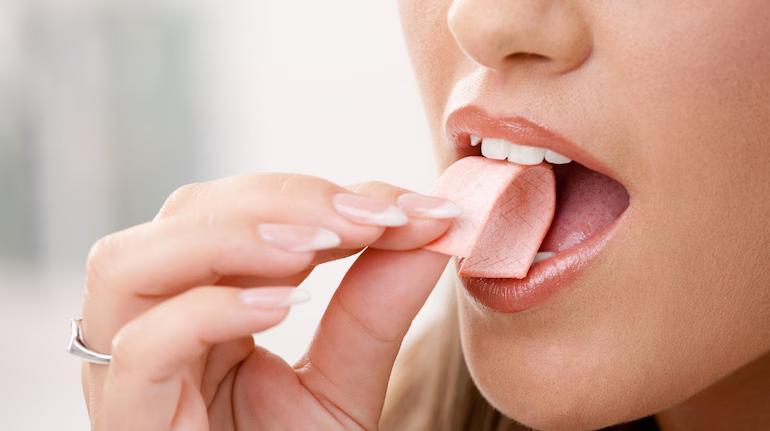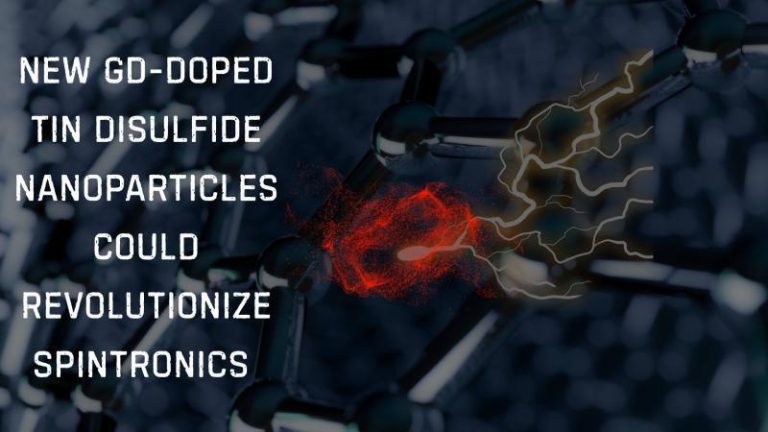
Chewing Gum Can Release Microplastics into Mouth: Study
Chewing gum is a popular habit for many of us, whether it’s to freshen our breath, relieve stress, or simply to satisfy our sweet tooth. However, a recent study has raised concerns about the potential health implications of this daily habit. Researchers at the University of California, Los Angeles (UCLA) have found that chewing gum can release microplastics into our mouths, leading to a potentially serious environmental and health issue.
The study, presented at a meeting of the American Chemical Society in San Diego, discovered that one gram of chewing gum can release around 100 microplastics. What’s more alarming is that about 94% of these microplastics can be released within the first eight minutes of chewing. This means that the longer and more frequently we chew gum, the more microplastics we’re likely to ingest.
The study also found that synthetic gum contained 104 microplastics per gram, while natural gum had 96. While the difference may seem minimal, it’s still concerning that any amount of microplastics can potentially harm our health.
So, what exactly are microplastics? Microplastics are tiny plastic particles that are less than 5 millimeters in size. They can come from various sources, including plastic bags, bottles, and other disposable items that are not properly disposed of and end up in our environment.
The release of microplastics from chewing gum is a significant concern because it can lead to several health problems. When we chew gum, the microplastics can be ingested and potentially swallowed, which can cause a range of issues. For one, microplastics can accumulate in our bodies and potentially cause harm to our digestive system. Additionally, they can also be absorbed into our bloodstream and potentially cause damage to our organs.
The study’s findings are a wake-up call for all of us who enjoy chewing gum regularly. While the short-term effects of ingesting microplastics may not seem severe, the long-term consequences could be devastating. In fact, research has shown that microplastics can accumulate in our bodies and potentially cause harm to our health over time.
So, what can we do to reduce our exposure to microplastics from chewing gum? First and foremost, we can opt for natural gum instead of synthetic gum. Natural gum is made from natural ingredients such as tree resin, while synthetic gum is made from artificial chemicals. While both types of gum may contain microplastics, natural gum tends to have fewer microplastics per gram.
Another way to reduce our exposure to microplastics is to chew gum for shorter periods of time. The study found that the longer and more frequently we chew gum, the more microplastics we’re likely to release. By chewing gum for shorter periods of time, we can reduce the amount of microplastics we release into our mouths.
Finally, we can also consider alternative methods for freshening our breath and relieving stress. While chewing gum may be a convenient way to satisfy our cravings, there are many other options available that don’t involve ingesting microplastics. For example, we can try sugar-free mints, essential oils, or even a simple glass of water to freshen our breath.
In conclusion, the study’s findings are a reminder of the importance of being mindful of the products we use and the potential impact they can have on our health. While chewing gum may seem like a harmless habit, it can actually be releasing microplastics into our mouths and potentially causing harm to our health.
As we go about our daily lives, it’s essential that we take steps to reduce our exposure to microplastics. By opting for natural gum, chewing gum for shorter periods of time, and exploring alternative methods for freshening our breath and relieving stress, we can take control of our health and reduce our impact on the environment.






